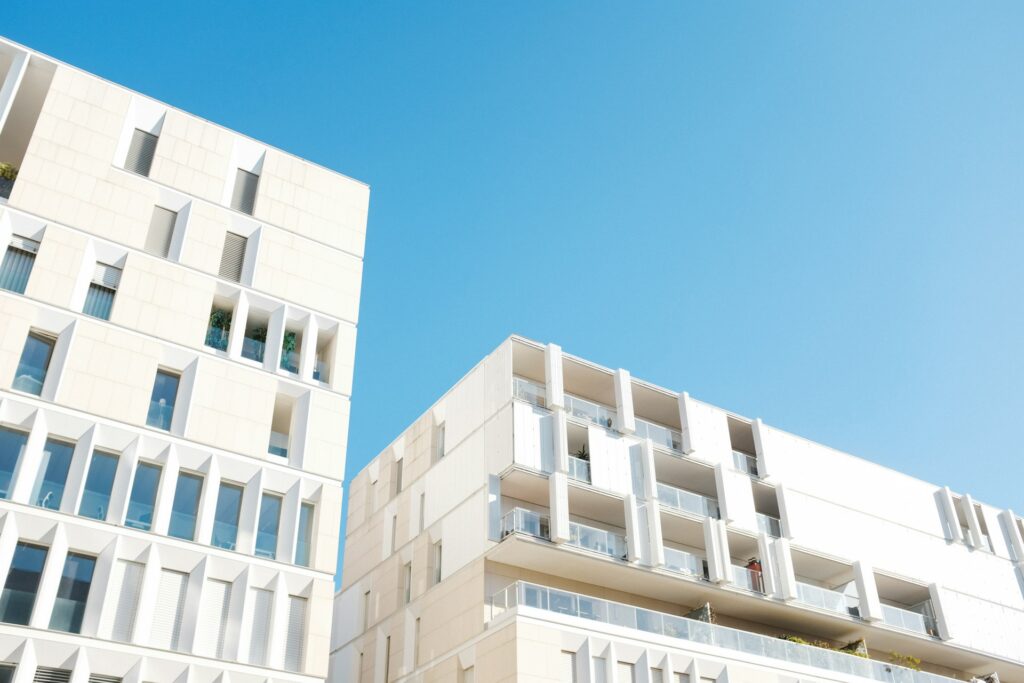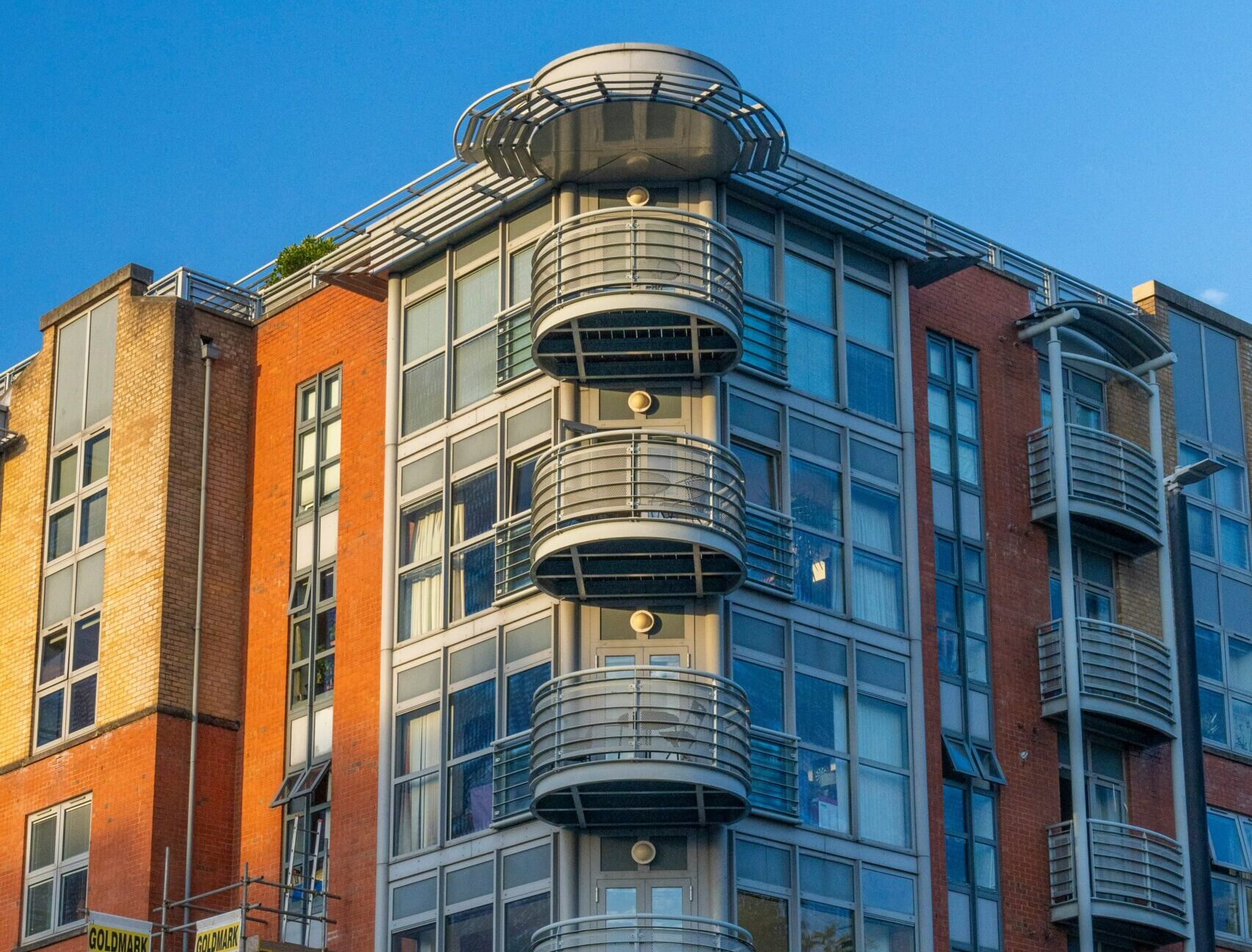Affordable Housing Designs Impact
Housing is a social problem that will always be around and therefore requires fresh ideas tailored for different settings.
This blog sightsees the complex relationship of design and substandard housing, context, supervisory frameworks, and socio-cultural factors that shape effective affordable housing designs solution.
1. Understanding the Context: Affordable Housing Worldwide
Overview of Affordable Housing Systems in Different Countries
The nature of affordable housing is quite different in different countries influenced by the differences in their economic, social and political systems.
For instance, the concept of the welfare state as practiced in Sweden involves massive public expenditure in and control of affordable housing.
In this scenario, the government continues to play a major role in favor of providing housing for everyone.
On the other hand, the United States relies more on market-lead approaches and offers tax credit to encourage affordable buildings through partnerships between the government and private developers.
Developing nations like Brazil and India have a different set of issues – ones that include the speed of urbanization and the prevalence of slums.
Minha Casa Minha Vida (My House My Life) is a Brazil formulated social housing plan where the government mostly underwrites projects in this category.
At the same time, an attempt to formalize slum areas and provision of necessary facilities exists in the form of state-led policies and programs across India – that provide contrasting approaches to defining housing agenda in the developing world.
The Role of Context in Affordable Housing Designs
Elements of affordable housing designs are sensitive to their environment in a way that makes their functioning dependent on the surroundings.
Architectural design decisions must therefore take into account local climate, cultural practices and the needs of the people in the community.
For instance, in flood prone area like Bangladesh, the structures within residential dwelling need have raised-flooring and moisture resistant flooring as a basic requirements.
Therefore, it is possible to provide, for instance, micro-housing units or collective usage of scarce space in tight urban settings such as city centers.
Examples of How Affordable Housing Designs Have Changed According to Different Regulatory-Bound Environments
In examining variations in affordable housing designs, we can look at two case studies: Singapore and Germany.
Singapore HDB Flats depict a successful mode of architecture that provide living spaces along with social facilities and infrastructures within the high density accommodation.
The legal EN is not only concerned with the affordability of commodoties but also with the quality of life of population that is reflected in well-planned neighbourhoods.
In Germany, the Mietpreisbremse, or rent control law, tries to achieve that.
From this regulatory instrument, the new construction and affordable housing designs are affected in matters relating to energy efficiency and sustainability.
However, concern with regulation often results in conflict between the developers and municipal authorities which in turn affects the designs.

2. Design Standards and Regulatory Instruments
Analyzing Of Technological Requirements in Affordable Housing Designs
Any specification or technical aspect that constitutes affordable housing designs must be technical since technical standards are critical in making housing safe, sustainable and comfortable.
On this basis, various regions have different standards for comparison according to their specific conditions and compliance requirements.
For example, in Europe regulatory requirement of high energy efficiency indices are normally expected and this drives the developers to be environmentally friendly.
However, many developing countries may not have standard requirements as such they put up weak structures that do not suit the occupants.
Style Regulation: How The Rules Of Regulation Influence Affordable Housing Design Results
Many regulatory measures impact affordable housing designs directly, where decisions of materials, construction techniques, and spatial organization are predetermined often.
Energy standards for new homes in Canada insist on certain standards on energy consumption when planning new building projects.
This requirement has necessitated technical studies that incorporate simple solar heated structures and natural flow of air making affordable structures more efficient.
On the other hand, in some geographical location the regulatory bodies may go over the top and restrain innovation as well as choices of affordable housing designs.
For instance, rigid zonal regulation stifles the creation of a varied housing typology and elevates the use of standard single-family houses.
It is therefore important to find a middle ground between the requirements that have to be put in place to ensure the design is safe, efficient, and sustainable for the occupants.
The other requirements would add to the rather tight form requirements and would allow for more creativity and innovation in the design of affordable housing.
Facets of Affordable Housing Designs That Most Consistently Adopt Best Practices For Alignment With Regulatory Needs
To ensure this aspect and maintain good compliance between affordable housing designs and regulations, there is a need to encourage architectural, development, and authority participants.
It is even better when a professional starts working on a particular design from the perspective of the governing rules, knocking on potential obstacles and promising rewards.
Also, by incorporating harnessing innovation in technology, for instance, it will be easier to adhere to the set rules and still gain the best results from the Building Information Modeling (BIM).
Also, a successful case and experience of the actual implementation of affordable housing designs can be donors or copied within regions, which will also spur the desired efforts in the design industry.
For instance, using green roof in affordable housing in Berlin demonstrates how design innovation can satisfy legal provisions and the needs of the community.
3. Socio-Cultural Considerations in Affordable Housing Designs
The Role of Cultural Expectations in Shaping Affordable Housing Solutions
Evaluating the affordability of housing involves great consideration of cultural norms and standards.
Housing is more than a mere shelter in many societies; He also encompasses the societies’ perception of things.
For example, the Japanese word mottainai has been used to express the feeling of regret upon discarding something or simply because resources should be cherished.
This cultural attitude gives direction to the concept and results into small, versatile rooms for living that are highly efficient with little spared square footage.
On the other hand, in many Western societies there might be realized higher tendencies toward individualism and privacy, which influences the direction of housing forms as larger separate units.
It is crucial to comprehend these cultural sensitivities to achieve an appropriate supply of housing type for the communities.
Engagement of the People in the Affordable Housing Design Stage
In other words, it is essential to involve the community in the affordable housing design process, all in an effort to design housing solutions that will be of adequate use to them.
In the community-based design, residents are allowed to express their preference and make minor decisions on what they want.
For instance, in Medellín, Colombia the government has engaged citizens in planning of public places and low-income housing to ensure ownership.
That is why this involvement not only improved the design but also contributed to the creation of trust and cooperation with the stakeholders.
Local people and builders can also contribute to the design to produce artifacts that coincide with local traditions and using locally available materials.
Case Studies of Culturally Appropriate Design in Cheap Real Estate
Another good example of culturally sensitive architectural affordable housing designs is for example the “Khaled” housing project in Egypt that pays respect to Egyptian architecture and includes community areas.
Not only does this design meet the practical functional requirements for the residents of the house, where they are going to live, it also propels culture, people’s identification with it and therefore bringing them together.
Another example of this is village projects like the ‘Sustainable Village’ in Thailand, which uses locally derived architectural designs, and sustainable strategies.
In the framework of the presented innovative projects, the need for value constrictions in affordable housing proposals to consider both the functional qualities of mass housing projects.
The cultural representation of community-values, as the way to contribute to an increased residents’ satisfaction, as well as foster further positive outcomes for the communities.
Conclusion
Affordable housing designs solutions require intervention on large scale, for their effective implementation in different parts of the world.
Thus, knowing the background of the subsidized housing, knowing the role of regulations that affect housing design and construction taking into consideration the sociocultural characteristics we can provide accommodation for the population’s needs.
Going forward, solving the global challenge of affordable housing will require an attempt at an integrated model that will involve all the stakeholders, encourage innovation that does not compromise on cultural beliefs.
We believe it is perfectly possible to design new buildings and, vice versa, new minds into communities.
Also read: An Approach for Affordable Housing Design


Fine.
I am always looking online for articles that can aid me. Thanks!
Thanks.
I do not even know the way I finished up here, but I thought this post was once good. I don’t recognize who you might be but certainly you are going to a famous blogger if you aren’t already 😉 Cheers!
Some truly nice and utilitarian information on this internet site, too I think the layout has got wonderful features.
Thanks for apparition.
After all, what a great site and informative posts, I will upload inbound link – bookmark this web site? Regards, Reader.
Thank you so much! I truly appreciate your support.
You need to participate in a contest for the most effective blogs on the web. I’ll recommend this website!
You made some good points there. I looked on the internet for the subject matter and found most guys will go along with with your website.
Thanks.
As a Newbie, I am permanently browsing online for articles that can benefit me. Thank you
Thanks.
Great post, you have pointed out some wonderful details , I likewise think this s a very excellent website.
Thank you so much for your kind words! we are glad you enjoyed the post. We truly appreciate your feedback and agree, this website offers some fantastic content as well.
I will immediately grasp your rss feed as I can not find your email subscription link or e-newsletter service. Do you have any? Please let me know in order that I could subscribe. Thanks.
Thank you so much.
Some really wonderful posts on this internet site, thanks for contribution. “The key to everything is patience. You get the chicken by hatching the egg, not by smashing it.” by Arnold Glasgow.
Thank you so much. We are really glad you enjoy the articles.
I am often to blogging and i really appreciate your content. The article has really peaks my interest. I am going to bookmark your site and keep checking for new information.
Thank you so much. We are really glad you enjoyed our blog.
hello!,I love your writing very much! share we be in contact extra approximately your post on AOL? I require an expert on this area to unravel my problem. May be that is you! Having a look forward to peer you.
You’re very welcome. We are so glad you enjoyed the post.